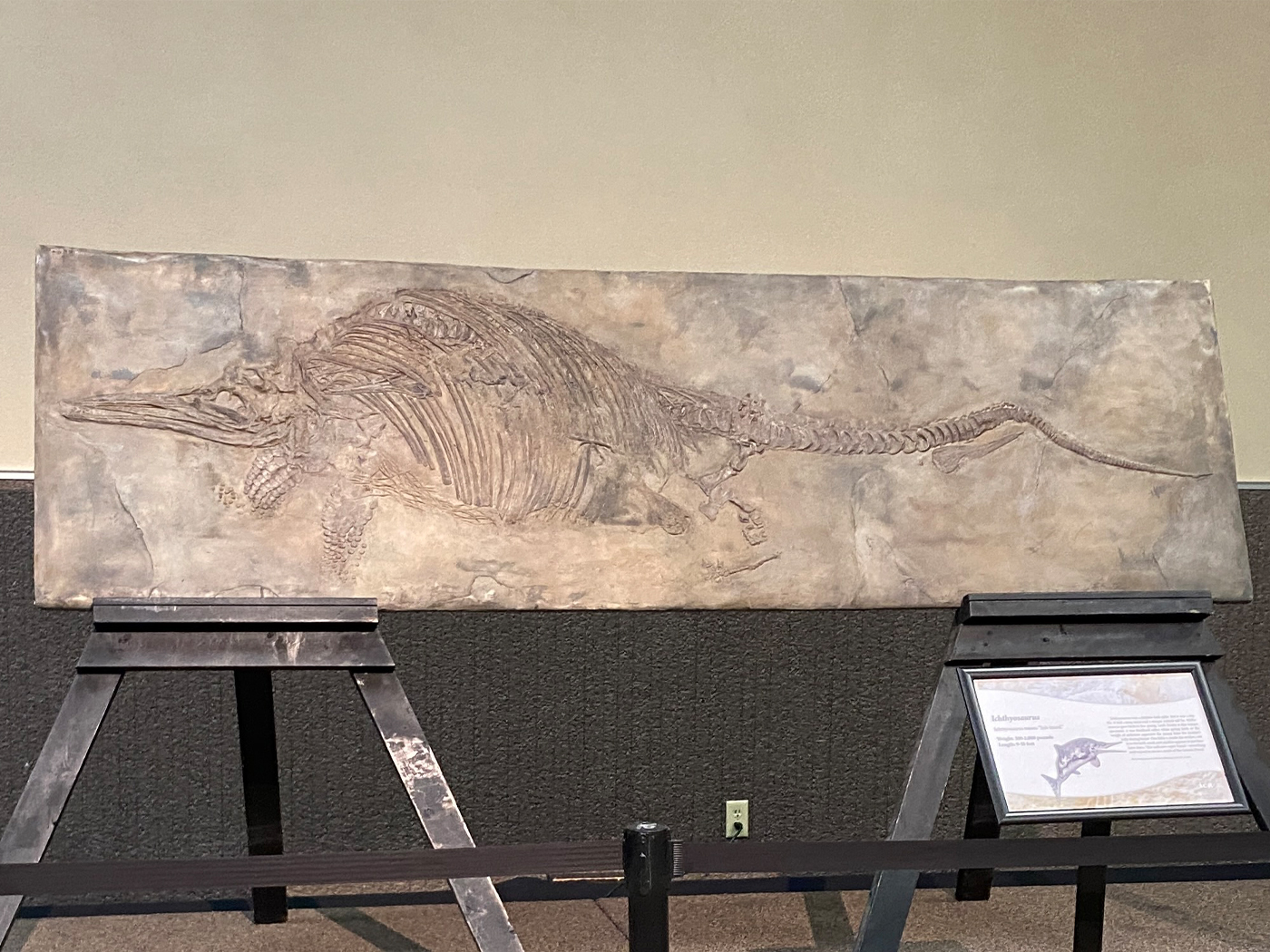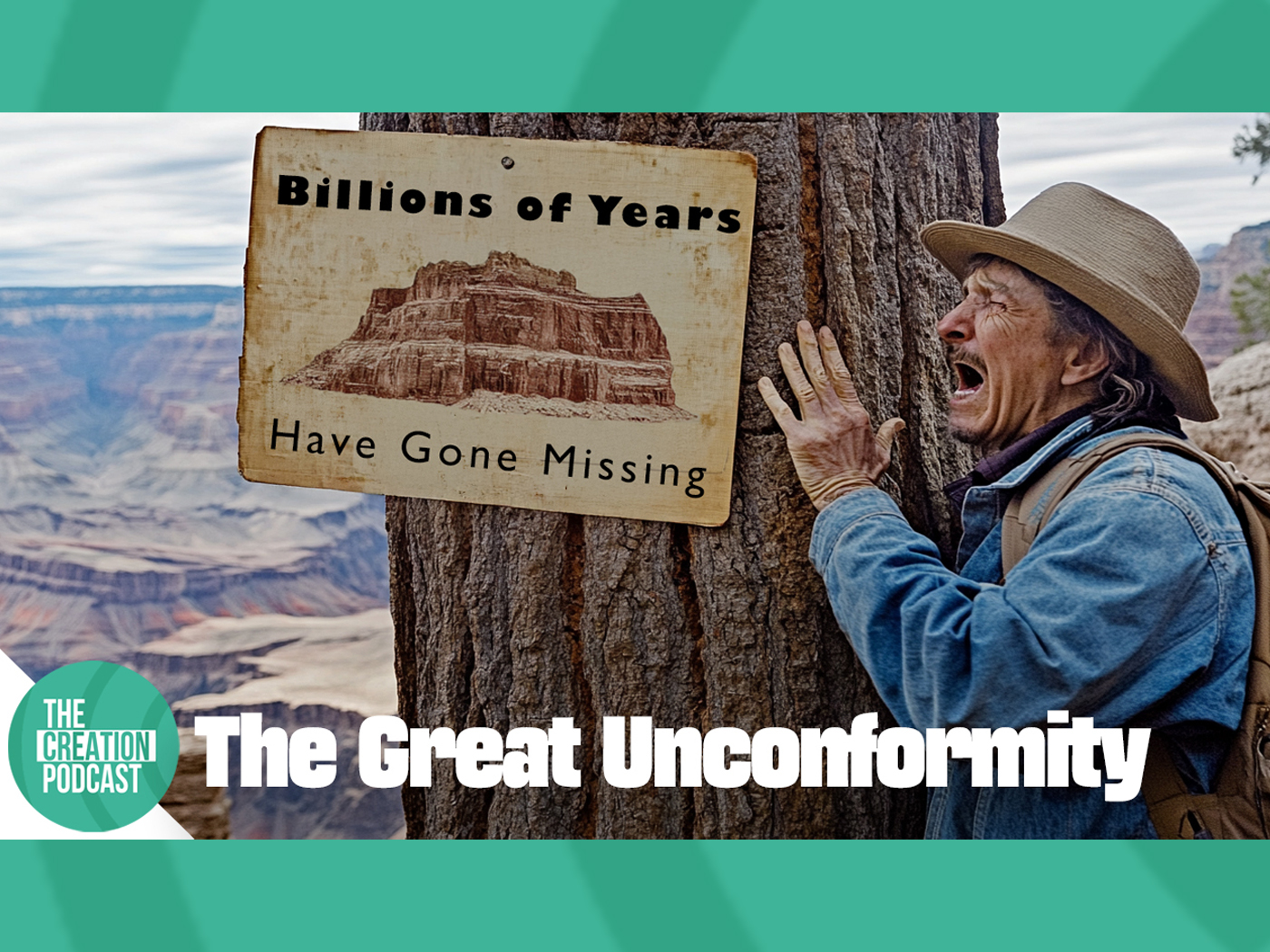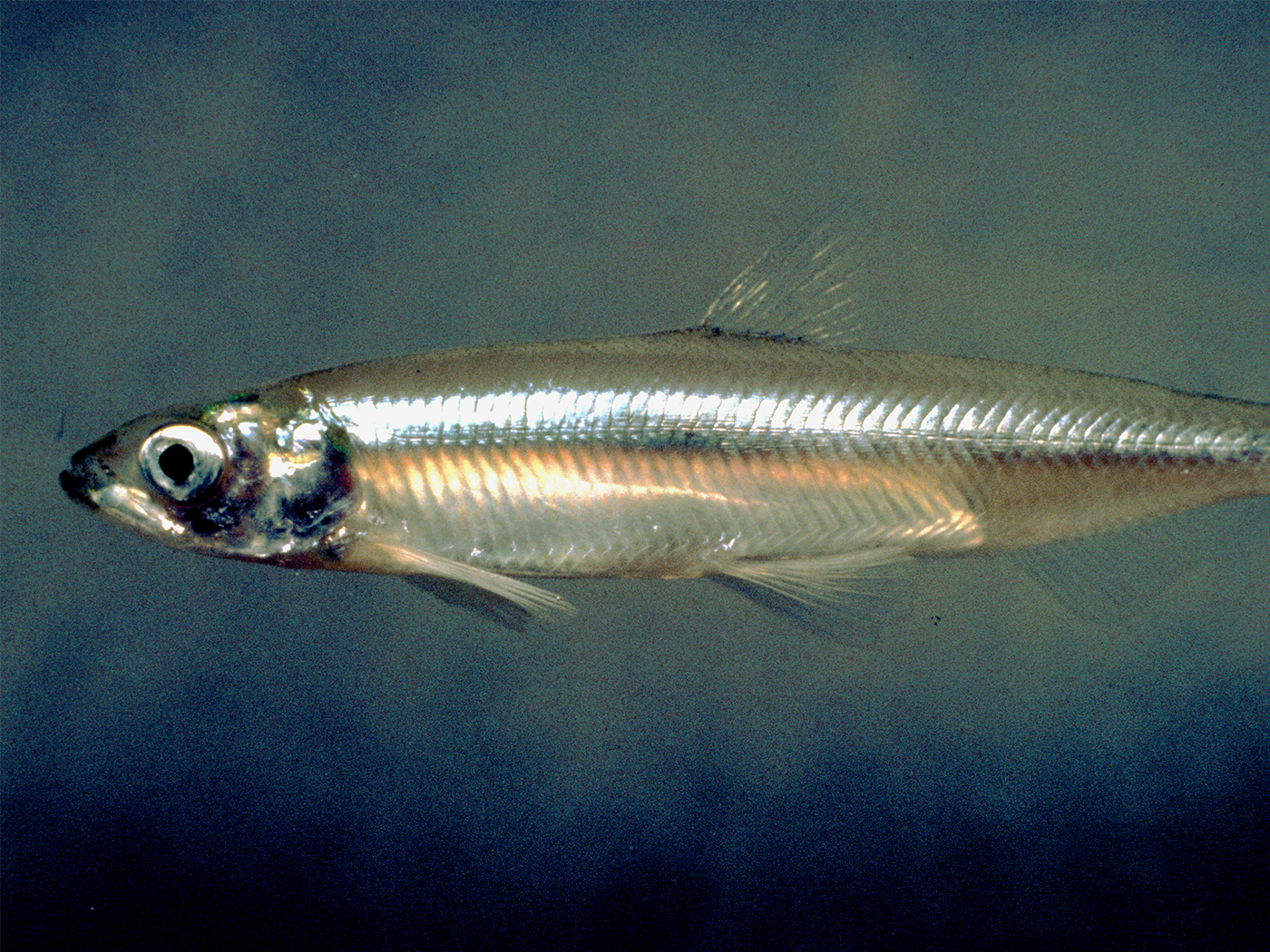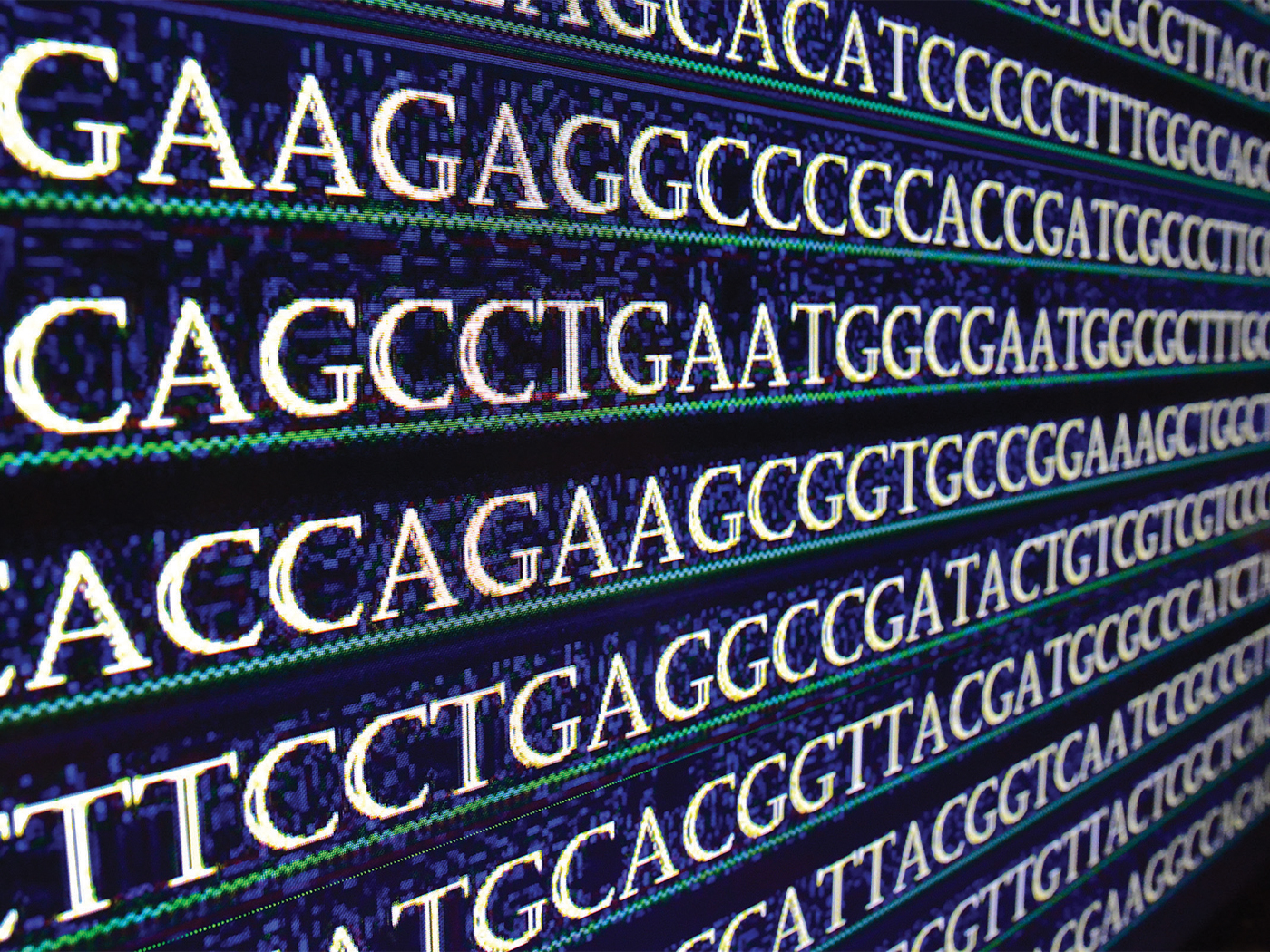A recent high-profile article in the journal Nature released the results of a study with implications that shocked the scientific community because they contradict long-held claims of human-chimp DNA similarity.1 A previous Acts & Facts article showed that much of the research surrounding the often touted claims of 98 percent (or higher) DNA similarity between chimps and humans has been based on flawed and biased research.2 The problem is that the similarity has been uncertain because no one has performed an unbiased and comprehensive DNA similarity study until now. And the results are not good news for the story of human evolution.
One of the main deficiencies with the original chimpanzee genome sequence published in 20053 was that it was a draft sequence and only represented a 3.6-fold random coverage of the 21 chimpanzee autosomes, and a 1.8-fold redundancy of the X and Y sex chromosomes. In a draft coverage, very small fragments of the genome are sequenced in millions of individual reactions using high-throughput robotics equipment. This produces individual sequence fragments of about 500 to 1,200 bases in length. Based on overlapping reads, these individual sequences are assembled into contiguous clusters of sequence called sequencing contigs. In the case of a chimpanzee, an organism with a genome size of about 3 billion bases, a 3.6-fold coverage means that approximately 10.8 billion bases of DNA were sequenced (3.6 x 3.0). The result is a data set consisting of thousands of random sequencing contigs, or islands of contiguous sequence that need to be oriented and placed in position on their respective chromosomes.
In the 2005 chimpanzee genome project and resulting Nature journal publication, the sequence contigs4 were not assembled and oriented based on a map of the chimpanzee genome, but rather on a map of the human genome. Given the fact that the chimpanzee genome is at least 10 percent larger5 overall than the human genome, this method of assembly was not only biased toward an evolutionary presupposition of human-chimp similarity, but was also inherently flawed.
The title of the recent journal article accurately sums up the research findings: "Chimpanzee and Human Y Chromosomes are Remarkably Divergent in Structure and Gene Content." Before getting into the details of their results, it is important to understand that for the first time, the chimpanzee DNA sequence for a chromosome was assembled and oriented based on a Y chromosome map/framework built for chimpanzee and not human. As a result, the chimpanzee DNA sequence could then be more accurately compared to the human Y chromosome because it was standing on its own merit.
The Y chromosome is found only in males and contains many genes that specify male features, as well as genetic and regulatory information that is expressed throughout the whole body. Because of the recent outcome comparing the chimp and human Y chromosomes in a more objective assessment, it is possible that major discrepancies will be revealed among the other chromosomes that are claimed to be so similar.
From a large-scale perspective, the human and chimp Y chromosomes were constructed entirely differently. On the human Y chromosome, there were found four major categories of DNA sequence that occupy specific regions. One can think of this in terms of geography. Just as a continent like Europe is divided into countries because of different people groups, so are chromosomes with different categories of DNA sequence.
Not only were the locations of DNA categories completely different between human and chimp, but so were their proportions. One sequence class, or category containing DNA with a characteristic sequence, within the chimpanzee Y chromosome had less than 10 percent similarity with the same class in the human Y chromosome, and vice versa. Another large class shared only half the similarities of the other species, and vice versa. One differed by as much as 3.3-fold (330 percent), and a class specific to human "has no counterpart in the chimpanzee MSY [male-specific Y chromosome]."1
As far as looking at specific genes, the chimp and human Y chromosomes had a dramatic difference in gene content of 53 percent. In other words, the chimp was lacking approximately half of the genes found on a human Y chromosome. Because genes occur in families or similarity categories, the researchers also sought to determine if there was any difference in actual gene categories. They found a shocking 33 percent difference. The human Y chromosome contains a third more gene categories--entirely different classes of genes--compared to chimps.
Under evolutionary assumptions of long and gradual genetic changes, the Y chromosome structures, layouts, genes, and other sequences should be much the same in both species, given the relatively short--according to the evolutionary timeline--six-million-year time span since chimpanzees and humans supposedly diverged from a common ancestor. Instead, the differences between the Y chromosomes are marked. R. Scott Hawley, a genetics researcher at the Stowers Institute in Kansas City who wasn't involved in the research, told the Associated Press, "That result is astounding."6
Because virtually every structural aspect of the human and chimp Y chromosomes was different, it was hard to arrive at an overall similarity estimate between the two. The researchers did postulate an overall 70 percent similarity, which did not take into account size differences or structural arrangement differences. This was done by concluding that only 70 percent of the chimp sequence could be aligned with the human sequence--not taking into account differences within the alignments.
In other words, 70 percent was a conservative estimate, especially when considering that 50 percent of the human genes were missing from the chimp, and that the regions that did have some similarity were located in completely different patterns. When all aspects of non-similarity--sequence categories, genes, gene families, and gene position--are taken into account, it is safe to say that the overall similarity was lower than 70 percent. The Nature article expressed the discrepancy between this data and standard evolutionary interpretations in a rather intriguing way: "Indeed, at 6 million years of separation, the difference in MSY gene content in chimpanzee and human is more comparable to the difference in autosomal gene content in chicken and human, at 310 million years of separation."1
So, the human Y chromosome looks just as different from a chimp as the other human chromosomes do from a chicken. And to explain where all these differences between humans and chimps came from, believers in big-picture evolution are forced to invent stories of major chromosomal rearrangements and rapid generation of vast amounts of many new genes, along with accompanying regulatory DNA.
However, since each respective Y chromosome appears fully integrated and interdependently stable with its host organism, the most logical inference from the Y chromosome data is that humans and chimpanzees were each specially created as distinct creatures.
References
- Hughes, J.F. et al. 2010. Chimpanzee and human Y chromosomes are remarkably divergent in structure gene content. Nature. 463 (7280): 536-539.
- Tomkins, J.P. 2009. Human-chimp similarities: common ancestries or flawed research? Acts & Facts. 38 (6): 12.
- The Chimpanzee Sequencing and Analysis Consortium. 2005. Initial sequence of the chimpanzee genome and comparison with the human genome. Nature. 437 (7055): 69-87.
- For the sequencing technology in use at the time, a typical DNA sequence read used four different types of DNA clone substrates and had individual read lengths from between 200 to 1,000 high-quality DNA bases. Because of repetitive blocks of sequence, these are difficult to computationally assemble into long contiguous blocks of sequence without a map or framework to orient the repetitive DNA sequence lengths.
- Statistics on sequencing and mapping of the chimp genome are difficult to pin down even though the mapping and sequencing were largely completed by 2006. A report describing the massive effort to produce a more accurate view of the chimpanzee genome has not yet been published.
- Borenstein, S. Men More Evolved? Y Chromosome Study Stirs Debate. Associated Press, January 13, 2010.
* Dr. Tomkins is Research Associate and Mr. Thomas is Science Writer at the Institute for Creation Research.
Cite this article: Tomkins, J. and B. Thomas. 2010. New Chromosome Research Undermines Human-Chimp Similarity Claims. Acts & Facts. 39 (4): 4-5.














